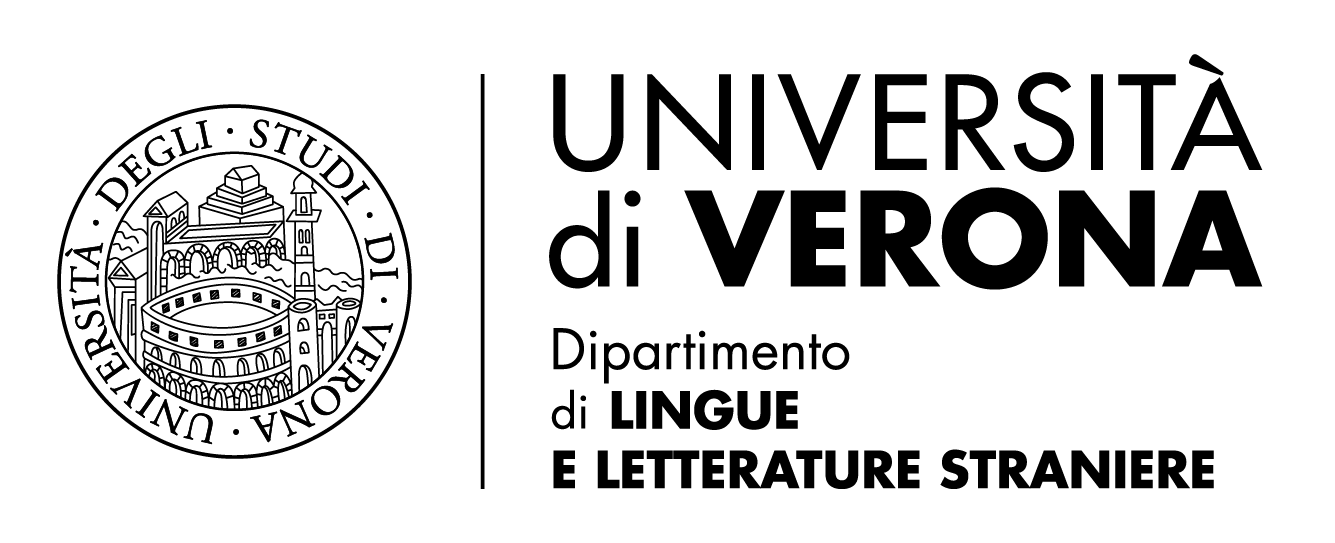La Lettre romantique: une poétique du paradoxe
DOI:
https://doi.org/10.13136/2465-2393/121Keywords:
épistolarité romantique, littérature, Sand, Balzac, Stendhal, Barbey d’AurevillyAbstract
Résumé : Plaçant la subjectivité au cœur de son esthétique, et héritant d’une riche tradition non sans ambivalences, le romantisme revisite le genre épistolaire, dans une double posture à la fois critique et enthousiaste, notamment chez Sand, Balzac, Stendhal ou Barbey d’Aurevilly.
Refusant de faire allégeance aux rituels conversationnels, la lettre couvre un espace de dissidence et de liberté d’expression, apte à sonder les profondeurs de la psyché comme à fournir un terrain d’essais aux premiers pas dans l’écriture fictionnelle. La correspondance devient épistolature, une littérature en puissance affectant les mots et les émotions d’une intensité inquiète et poétique.
Abstract : Setting the theme of subjectivity at the heart of its aesthetics, and inheriting from a rich, but ambivalent, tradition, Romanticism revisits the epistolary genre. This choice results in a double attitude, both critical and enthusiastic, in particular as far as Sand, Balzac, Stendhal or Barbey d’Aurevilly are concerned.
Refusing to support conversational rites, the letter occupies a space of dissidence and of freedom of expression, proper to explore the mind’s depths and to foster the first steps in the fictional writing. The correspondence becomes then épistolature, a potential literature in which words and emotions have an unquiet and poetic intensity.



